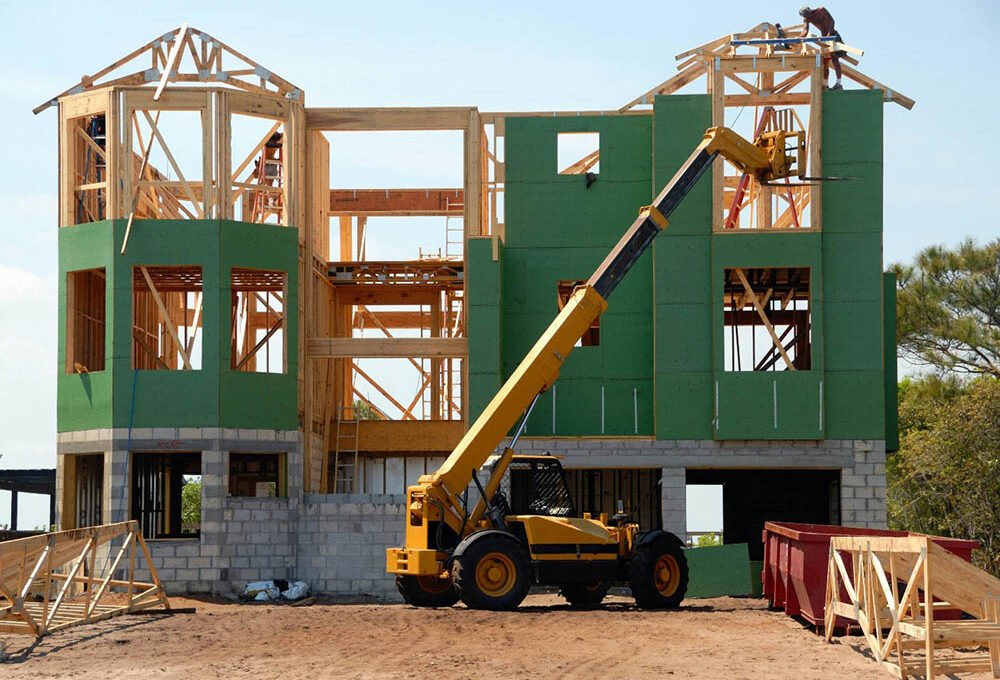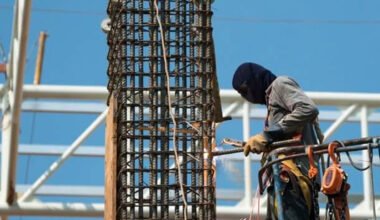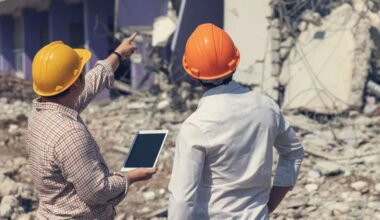Whether you’re managing a small building project or overseeing a major construction site, one responsibility stays the same: keeping the public safe. From pedestrians passing by to cyclists and drivers navigating nearby roads, every person who comes close to your site deserves to feel secure. Site safety isn’t just about protecting workers. It’s about protecting the community and building trust with those who live, work, or travel near your project.
When safety is prioritised, it reduces the risk of accidents, delays, and legal issues. It also sends a strong message that your team is committed to doing the right thing, not just for the success of the project but for the well-being of everyone affected by it. So, what does it take to ensure site safety and protect the public? Let’s start with one of the most practical and visible strategies: using physical barriers to separate the work zone from public spaces.
Using Physical Barriers to Keep the Public Safe
One of the simplest yet most effective ways to protect people near your site is by setting up clear, sturdy barriers. These barriers create a visible boundary that helps prevent accidental entry into dangerous areas. They guide foot traffic safely around the work zone, keeping pedestrians out of harm’s way and helping ensure the site remains secure.
For example, many project managers choose to install barriers for pedestrians to create designated walkways around construction or maintenance sites. These barriers don’t just block access—they provide clear, accessible paths that help pedestrians move safely through or around the area without confusion. When selected and positioned thoughtfully, the right barriers also support accessibility for people with disabilities and help reduce disruption to local foot and vehicle traffic. Choosing durable materials and designs that suit the conditions of your site is key to maintaining safety throughout the project’s duration.
Clear Signage and Communication
While barriers provide physical protection, clear signage is essential for communication. Good signage alerts the public to potential hazards, directs them where to go, and provides instructions when needed. Signs must be easy to read and placed where they’re most visible, at entrances, along paths, and near any changing conditions or hazards.
Signs should use simple language and clear symbols so that everyone, including people who don’t speak English fluently, can understand them. In addition, signs should be weather-resistant to ensure they remain legible in all conditions. As your site changes, remember to update signs promptly. Whether you’re shifting access points, closing off a section, or introducing new equipment, keeping the public informed reduces confusion and prevents accidents. Effective communication helps people feel confident as they move around your site and reinforces your commitment to public safety.
Regular Risk Assessments and Adjustments
Site safety isn’t something you can set and forget. It requires ongoing attention as conditions change. Conducting regular risk assessments helps you stay ahead of potential hazards. It means taking time to walk the site, observe how people are interacting with it, and identify anything that could pose a danger.
Changes in weather, deliveries of new materials, or adjustments to the site’s layout can all create new risks that need to be addressed. Perhaps a previously safe path becomes slippery during rain, or new scaffolding alters how the public moves around the area. By reviewing safety measures frequently and making adjustments when needed, you can help prevent problems before they arise. This proactive approach keeps your site safe and your project on track.
Staff Training and Public Awareness
Your team plays a big part in protecting the public. Workers who are well-trained in site safety procedures are better equipped to manage risks and respond to unexpected situations. Staff must know not only how to operate equipment and follow protocols but also how to engage respectfully with the public.
Sometimes, members of the community may have questions or concerns about the site. When workers are prepared to answer those questions or direct people safely, it helps maintain a positive relationship with the community. Consider holding regular safety briefings that include a focus on public safety, not just internal site operations. These briefings can also cover how to identify hazards near public areas and how to report issues quickly. When your team understands the role they play in protecting others, they’re more likely to take that responsibility seriously. A well-informed, attentive team is one of your most valuable assets for ensuring site safety.
Collaborating with Local Authorities
Ensuring site safety is easier when you work in partnership with local authorities. Councils, traffic control teams, and public safety officers can provide valuable guidance on how to align your plans with community needs. They can also help ensure that your safety measures meet local requirements and are coordinated with other projects or events happening nearby.
This collaboration is particularly important when your site affects roads, footpaths, or public spaces. By working together, you can create solutions that minimise disruption, maintain public access, and keep everyone safe. Building these partnerships also demonstrates your team’s commitment to the community and can help strengthen trust between your organisation and the people your project impacts.
Building Safer Sites, Stronger Communities
Protecting the public around a work site isn’t just about ticking off compliance boxes. It’s about showing care for the community and taking pride in delivering a safe, well-managed project. When you put effective safety measures in place, from barriers and signage to risk assessments, training, and collaboration, you reduce the risk of accidents, protect your team’s reputation, and contribute to a stronger, more trusting relationship with the public.
Every site presents unique challenges, but the commitment to safety should always remain the same. By focusing on practical, proactive steps, you can help ensure that your project runs smoothly and that everyone who passes by or through your site stays safe along the way. In doing so, you’re not just building or repairing structures. You’re helping to build stronger, safer communities for everyone.



